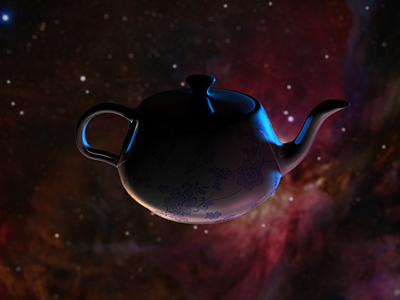Russell's Teapot
"Many orthodox people speak as though it were the business of skeptics to disprove received dogmas rather than of dogmatists to prove them. This is, of course, a mistake. If I were to suggest that between the Earth and Mars there is a china teapot revolving about the sun in an elliptical orbit, nobody would be able to disprove my assertion provided I were careful to add that the teapot is too small to be revealed even by our most powerful telescopes. But if I were to go on to say that, since my assertion cannot be disproved, it is intolerable presumption on the part of human reason to doubt it, I should rightly be thought to be talking nonsense. If, however, the existence of such a teapot were affirmed in ancient books, taught as the sacred truth every Sunday, and instilled into the minds of children at school, hesitation to believe in its existence would become a mark of eccentricity and entitle the doubter to the attentions of the psychiatrist in an enlightened age or of the Inquisitor in an earlier time."
- Bertrand Russell
Russell's teapot, sometimes called the Celestial Teapot or Cosmic Teapot, is an analogy first coined by the philosopher Bertrand Russell (1872–1970), intended to refute the idea that the philosophic burden of proof lies upon the sceptic to disprove unfalsifiable claims of religions. Russell's teapot is still referred to in discussions concerning the existence of God. The analogy has also been used by sociologists to denote correlations with religion and social conformity.
Teapot model created by me, inspired by the Utah Teapot by Martin Newell.
The background is an image of the Orion Nebula.
Made with Maya 2010 and Photoshop CS5.

